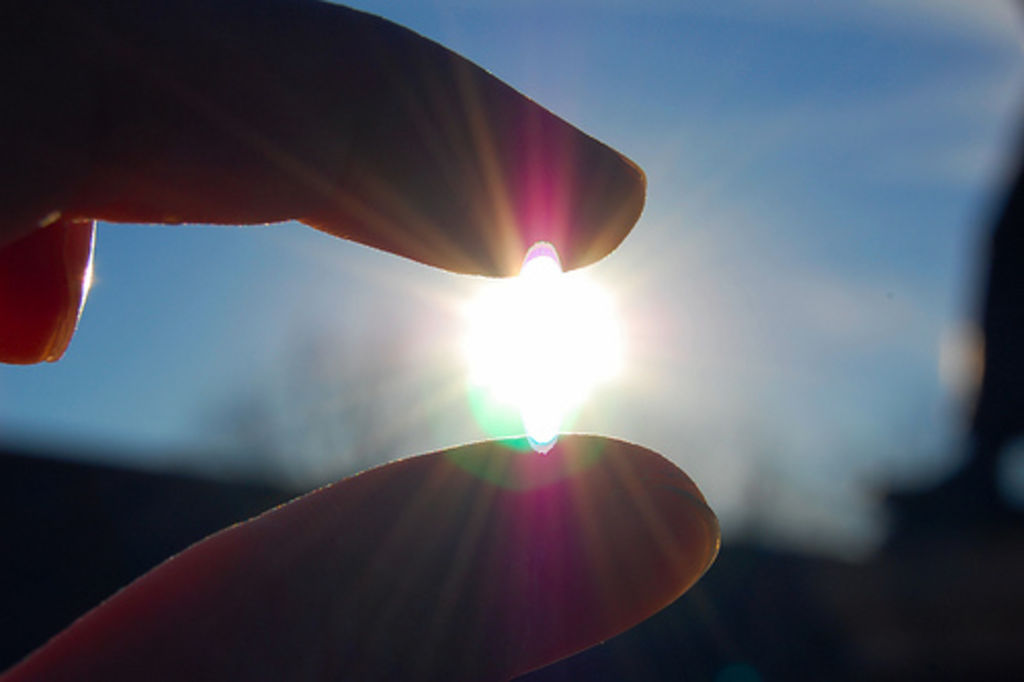
Hopefully your clock is correct, because it’s that time of year, Daylight Savings Time! Unfortunately, this time we spring forward and it feels like we are losing an hour of sleep. Although, it does mean we have extra sunlight, which will be nice when I leave work. I’m sure Robert (see Robert’s Random Science Facts) will have some scientific explanation for Daylight Savings Time (DST), but here is the history behind it…
What time is it again?
As I might have mentioned before, all great things have their roots in ancient Rome, and DST is no different. The Romans were some of the first to have a systematic way of measuring time, although it wasn’t entirely accurate or precise and largely depended on the sun (what would they do if they were getting pounded with 6 days of rain like we are now in D.C.?). The Romans used water clocks to measure time, but the times varied depending on the months of the year. So if the sun rose at 8am, noon would be the 4th hour of the day. By the way, a.m. and p.m. stand for the Latin words “ante meridiem” (before mid day) and “post medidiem” (after mid day). The 12-hour clock is different now than it was in ancient Rome because we count hours before and after midday and midnight, whereas the Romans measured time before and after sunrise/sunset. Again, so 9AM would be 3 AM to a Roman (3 hours before midday). Does that make sense?
As the Middle Ages roared on, time eventually became more equal as we know it today, whereas before times would be unequal because they depended upon the amount of sunlight, i.e. “hours” would be shorter in winter and longer in summer. In the 1700s, Benjamin Franklin published a letter in a Parisian newspaper that they should take advantage of the daylight by rising earlier and going to bed earlier (following his life mantra that led him to a long life of 84 years), and this would also save them money on candles. Or as National Treasure claims, he invented DST.
The official standardization of time in the U.S. and Canda came in 1883 after the transportation revolution in the 19th century and the coming of the railroads. Train operators, and the general public, needed to know exactly when trains would arrive and not have it vary depending on which state or which region the train was in. In 1883, North America was divided into time zones, but it was not until 1918 (during WWI) that Congress passed the Standard Time Act, which established daylight savings time. However, Congress being Congress, the law was repealed in 1919 and replaced again with local calculations. In WWII, the U.S. nationalized DST again, but then again ceded the power to local regions. In 1966, DST was again nationalized, but gave states the option to opt out. For instance, the U.S. states Arizona and Hawaii do not observe DST. Starting in 2007, most of the United States and Canada observe DST from the second Sunday in March (hence the blogpost) to the first Sunday in November, almost two-thirds of the year, which was part of the Energy Policy Act of 2005.

DST’s origin is now credited to George Vernon Hudson from Middle Earth, err I mean New Zealand, who published a paper in 1898 arguing its positive effects. An Englishman, William Willett, was a strong advocate of DST and claimed to have invented the concept independently from Hudson. DST allows people to take advantage of having more sunlight and therefore affects energy costs and can extend the time work or sports can be done by natural light. An obvious drawback to DST is its complexity and non-uniformity. Also recent studies have questioned the effectiveness of DST’s energy savings. DST positively affects some businesses and professions (such as sports related professions and some farmers), but can also negatively affect some businesses and even the stock market (TV companies and farmers whose products depend on the dew evaporating). It has been argued that extra daylight in the summer also increases public safety and health because extra sunlight allows the body to produce vitamin D and generally makes people happier.
So while you’re soaking up those extra sunrays after work, just remember that its all manmade and subject to change.
No comments:
Post a Comment